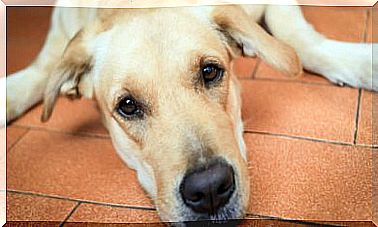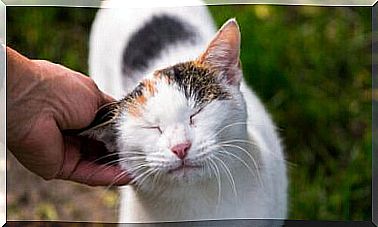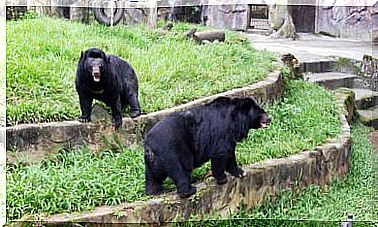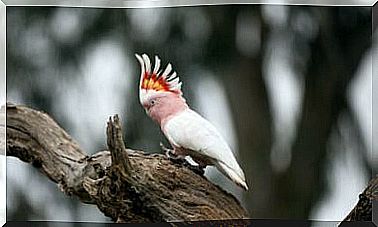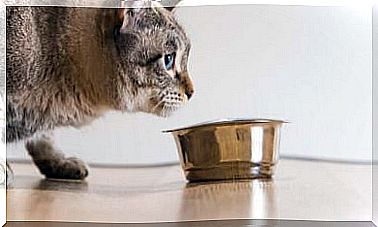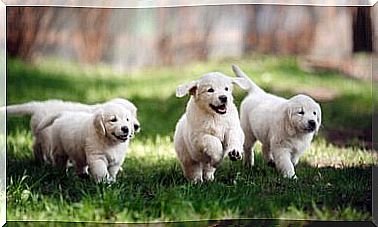Why Does The Siberian Husky Have Blue Eyes?
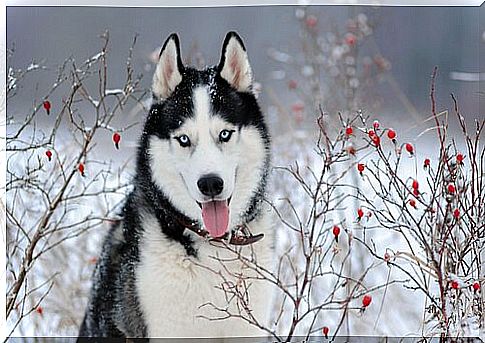
The Siberian husky is known for its resistance to extreme temperatures and its beautiful blue eyes, but have you ever wondered why they have eyes this color?
Siberian huskies are among the dog breeds most easily identified by people. Their blue eyes, or of different colors, generally attract much more attention than other races.
But do you want to know why these beautiful dogs have this color in their eyes? Recent research seems to have found the answer.
For many people, eye color evokes the cold lands of Siberia, and that heavenly gaze can both freeze and fall in love.
However, it is possible that the color of the eyes and coat will change with age. Final shades are defined in the first six months of life.
Expressive and elegant eyes
That year, the largest genetic comparison study in canines to date was carried out.
Scientists ran DNA tests to explore, among other variations, the eye color and coat of Siberian huskies.
Researchers have discovered a genetic modification that could be the cause of these dogs’ eye tone.
The research was carried out in a population of six thousand copies of the breed. Owners of these dogs purchased DNA testing equipment to identify or confirm the purity of the breed.
In addition, they also sought to explore possible health risks that their four-legged friends might be running.
Scientists had access to a large amount of data provided through the test equipment.
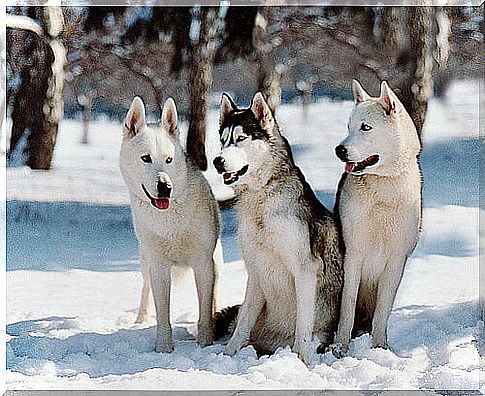
The information was obtained through an online survey carried out with the owners of these pets, who voluntarily shared the requested data.
In addition, they also offered photographs of their friends that served to complete the researchers’ record.
Why does the Siberian husky have blue eyes?
Analysis of the collected information revealed that a mutation on canine chromosome 18 is strongly associated with the blue eye color of these Eskimo dogs.
This genetic change appears close to the ALX4 gene, which is related to mammalian eye development.
There are several dog breeds that have blue eyes, including Australian Shepherds and Border Collies. However, in these breeds, blue eyes are inherited as a recessive trait.
This genetic variation occurs in humans in the HERC2 and OCA2 genes of the genome, resulting in blue eyes.
The mutation in the Siberian husky gene results in less pigment production in the eyes. In this way, this little pigmentation makes the eye look blue.
According to experts, there is no blue pigment: the color is the result of the way in which light enters and leaves the eyeball. This creates the appearance of blue, just as the sky looks blue, but outer space is not.
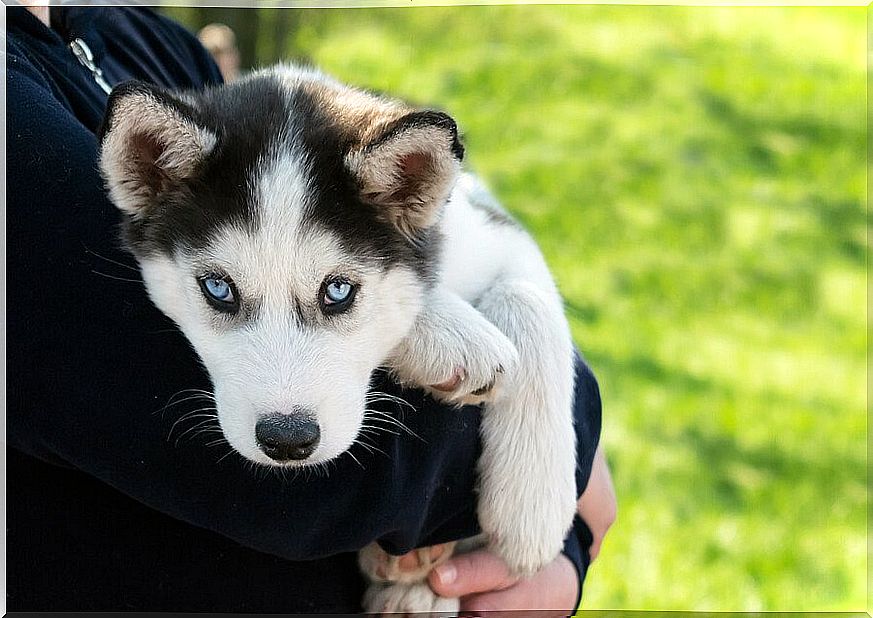
massive support
One of the most striking issues of this investigation was the large amount of information available to specialists. In previous years, they worked exploring neurological diseases in German Shepherds.
This study came with the challenge of obtaining the DNA of 40 specimens of that race, as they needed to travel several kilometers with materials and equipment to collect the samples.
Study volunteers collected samples from their pets and sent them to a collection center. So, they filled out an online form with details of their dog’s characteristics.
This dynamic lays the foundation for a new way of doing genetics in the 21st century.
The owners of the studied Siberian huskies were happy to participate in the study. After all, contributing to science is something that is not commonly available to ordinary citizens, which makes this kind of participation more special.
This type of collaboration inspires researchers who decided to continue studying the canine genome. Projects are already being created that serve to learn more about the morphological characteristics of Siberian huskies.
Furthermore, several studies have been planned to analyze the health of these beautiful dogs.

